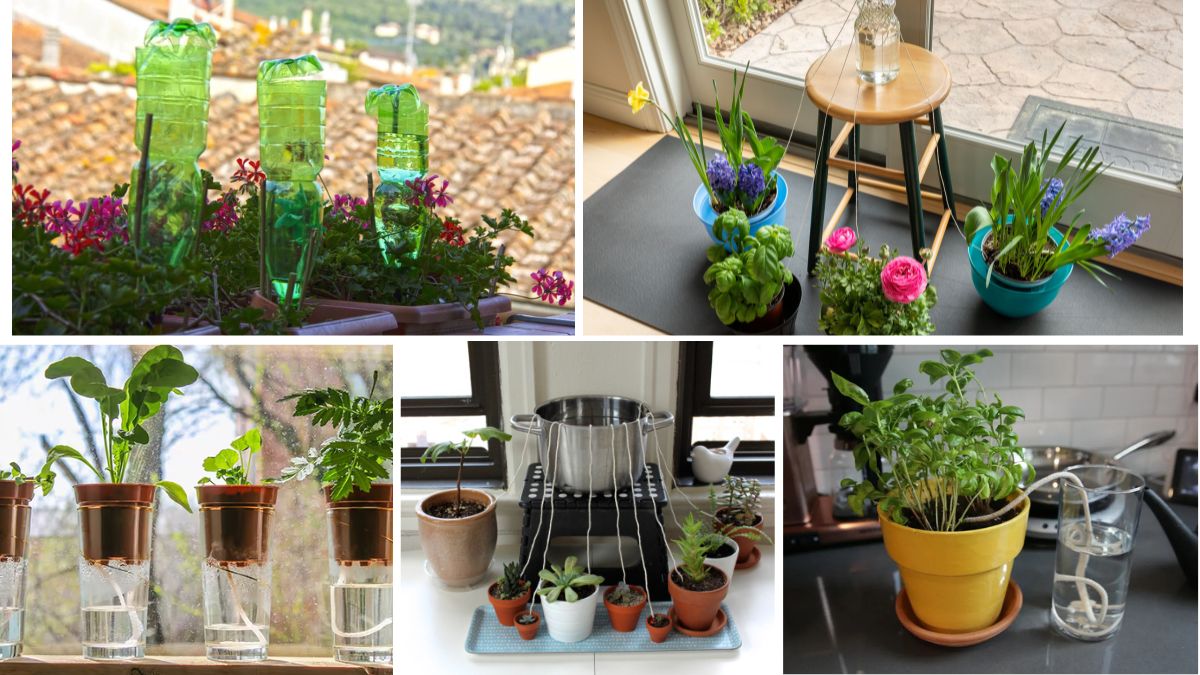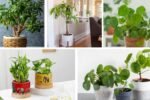Vacations are a time to relax, recharge, and escape daily responsibilities—but if you’re a plant lover, one nagging worry might follow you: How will your beloved plants survive while you’re away? Whether you have a few houseplants, a lush balcony garden, or a full-blown backyard landscape, forgetting to water your plants—or watering them incorrectly before you leave—can lead to dry soil, wilted leaves, or even plant death.
Thankfully, there are smart, simple, and budget-friendly watering hacks that can keep your plants healthy and hydrated while you’re off enjoying your trip. From clever DIY solutions to tech-savvy tools, this guide will walk you through practical ways to automate and manage plant watering in your absence.
1. Water Well Before You Leave
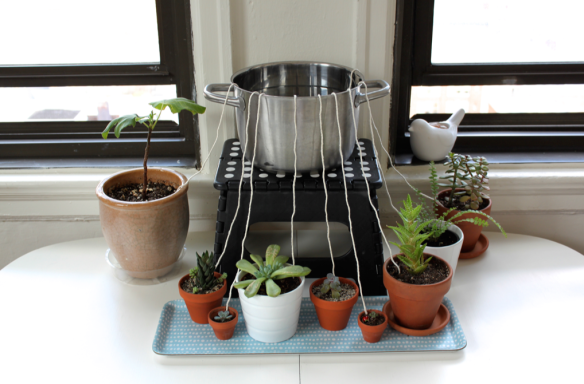
Before relying on hacks, give all your plants a thorough soaking. Use these pre-departure tips:
- Deep Watering: Water until moisture runs out of the drainage holes to ensure roots are fully soaked.
- Mulching: Apply a 2-3 inch layer of organic mulch (straw, bark, or compost) around garden beds or potted plants to slow evaporation.
- Group Plants Together: Clustering plants reduces water loss and creates a humid microclimate, especially useful for indoor plants.
2. DIY Self-Watering System with Bottles
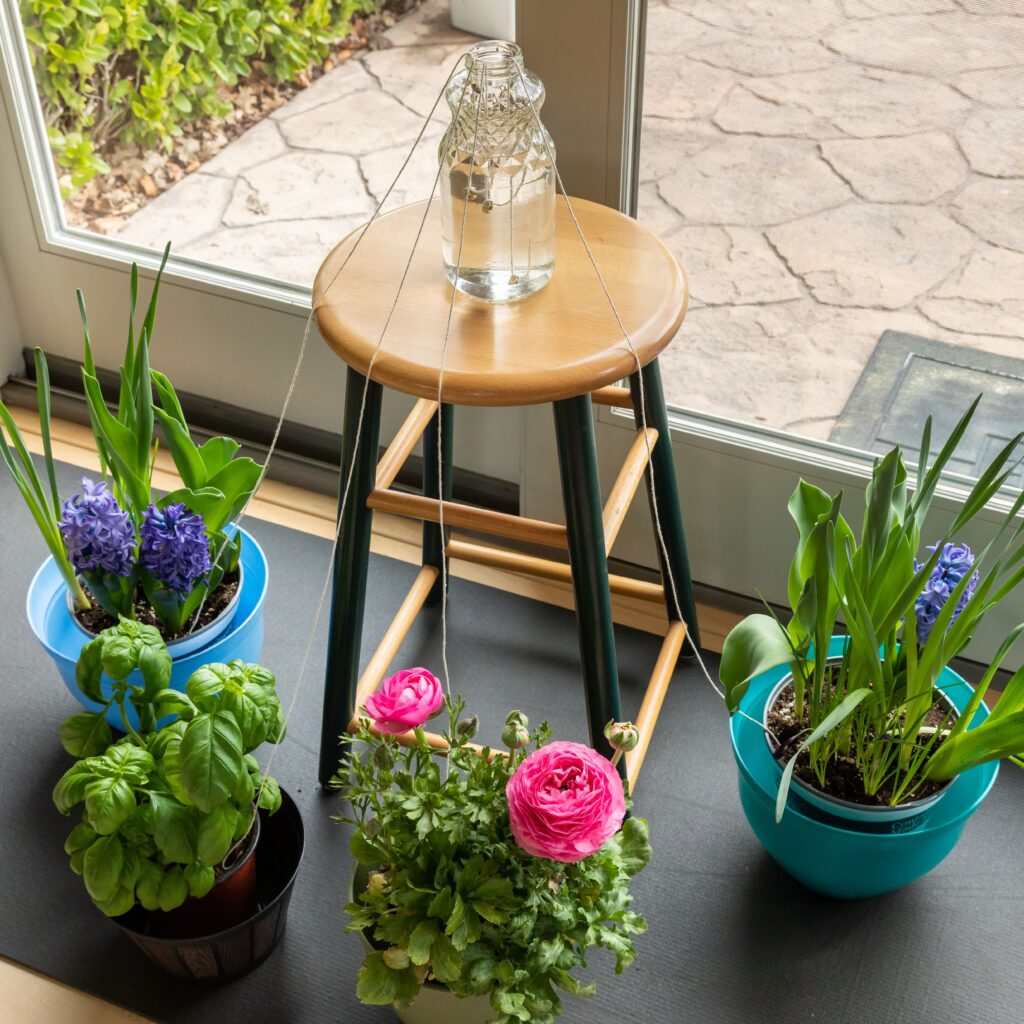
One of the easiest and most effective vacation hacks involves using recycled plastic or glass bottles:
What You’ll Need:
- Empty wine or plastic bottles
- Nails or a drill (for plastic)
- Water
Steps:
- Fill the bottle with water.
- Make 2–4 small holes in the cap (if plastic) or leave uncapped for glass bottles.
- Turn it upside down and push it into the soil.
Water slowly seeps into the soil as needed, keeping the roots moist. This works best for small- to medium-sized pots.
3. The String Wick Method
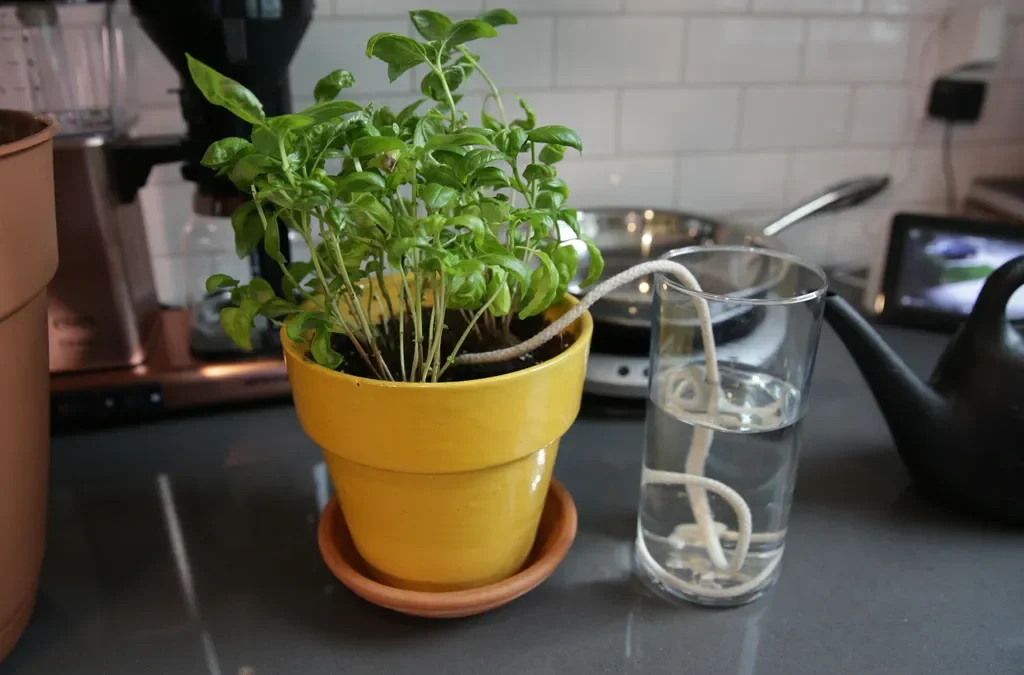
Ideal for houseplants or small herb gardens, this passive watering method uses capillary action.
What You’ll Need:
- Cotton string, shoelace, or yarn
- A bowl or jug of water
- Your plant
Steps:
- Place the water container slightly higher than the plant.
- Insert one end of the string deep into the soil near the plant’s root.
- Place the other end in the water reservoir.
The string will draw water slowly from the container into the soil over several days—an excellent no-tech option.
4. DIY Mini Greenhouse with Plastic Bags
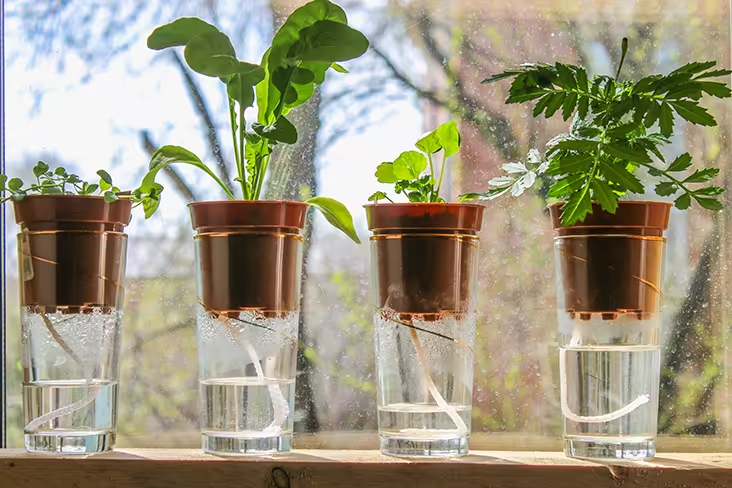
Humidity-loving plants like ferns or calatheas benefit from this method:
Steps:
- Lightly water your plant.
- Place four wooden sticks or chopsticks in the soil to create a frame.
- Cover the plant with a clear plastic bag, ensuring it doesn’t touch the leaves.
- Tie the bag loosely at the base.
This traps moisture and creates a mini greenhouse effect, maintaining humidity and reducing the need for daily watering.
5. Soaker Hoses and Timers for Outdoor Gardens
For backyard gardeners going away for more than a few days, soaker hoses paired with automatic timers are lifesavers.
How It Works:
- Lay a soaker hose across your garden beds.
- Connect it to a hose timer and set watering intervals (e.g., every other day for 20 minutes).
This system slowly releases water directly to the roots, conserving water and preventing overwatering.
6. Capillary Matting for Indoor and Balcony Plants
Capillary mats are absorbent mats that can water multiple potted plants at once.
Setup:
- Lay the mat on a waterproof surface (like a sink or tray).
- Place the mat’s edge into a container of water.
- Set your pots (with drainage holes) on top of the mat.
Water wicks up from the mat into the plant pots as needed—perfect for several days away.
7. Use a Plant Sitter App or Service
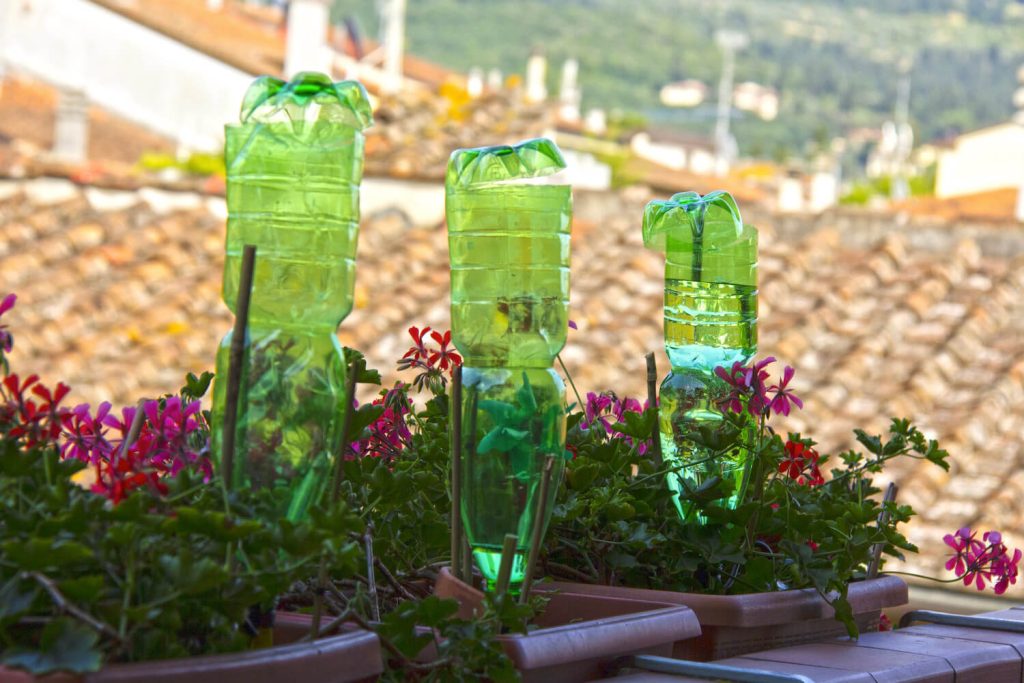
Technology now makes it easier than ever to monitor your garden remotely.
Helpful Apps:
- Koubachi and Plant Monitor – sync with soil moisture sensors.
- Garden Manager – set reminders and share care instructions with friends.
- Planta – tracks watering schedules and can be shared with a plant sitter.
Alternatively, enlist a friend or neighbor to check on your plants. Leave detailed notes and perhaps a small thank-you gift as a token of appreciation.
8. Inverted Planters with Built-In Reservoirs
Many modern self-watering planters come with a hidden water reservoir at the bottom.
How It Works:
- The reservoir holds extra water.
- Moisture is pulled into the root zone as needed through capillary action.
This is ideal for those who frequently travel or have a busy lifestyle. These planters can keep plants hydrated for up to 1-2 weeks depending on size and temperature.
9. Bathtub or Sink Soak (For Short Vacations)
If you’re gone for 2–3 days, here’s a fast and effective solution:
Steps:
- Line your bathtub or sink with a towel.
- Add 1-2 inches of water.
- Place potted plants (with drainage holes) on top.
Plants will absorb water from the bottom and stay moist for a short trip. Just ensure the room isn’t too bright to avoid overheating.
10. Vacation Watering Hacks for Hanging Baskets
Hanging baskets dry out faster than ground-level pots. Try this:
- Use a Diaper or Sponge: Line the base of the basket with a clean, water-absorbing diaper or sponge to retain moisture longer.
- Place in Shade: Move the basket to a shadier area before leaving.
- Bottle Hack: Insert an inverted water bottle into the soil as described earlier.
Bonus Tips to Consider:
- Avoid fertilizing before you leave – fertilizers encourage growth, which increases water demand.
- Trim your plants – prune back excess foliage to reduce moisture needs.
- Check the weather – delay your trip watering if rainfall is expected.
Conclusion
Leaving your plants behind doesn’t have to mean returning to a garden graveyard. With just a little preparation and creativity, you can ensure your green friends stay lush and thriving while you relax on vacation. Whether you prefer high-tech tools or clever DIY tricks, these hacks provide peace of mind and plant protection.
As gardening continues to grow in popularity, especially among urban dwellers and hobbyists, having solutions for travel-related challenges is essential. Incorporating these hacks into your routine not only saves time and effort—it fosters a more sustainable and plant-friendly lifestyle.
So, pack your bags, double-check your passport, and let your plants take care of themselves—with just a little help from your clever planning!
